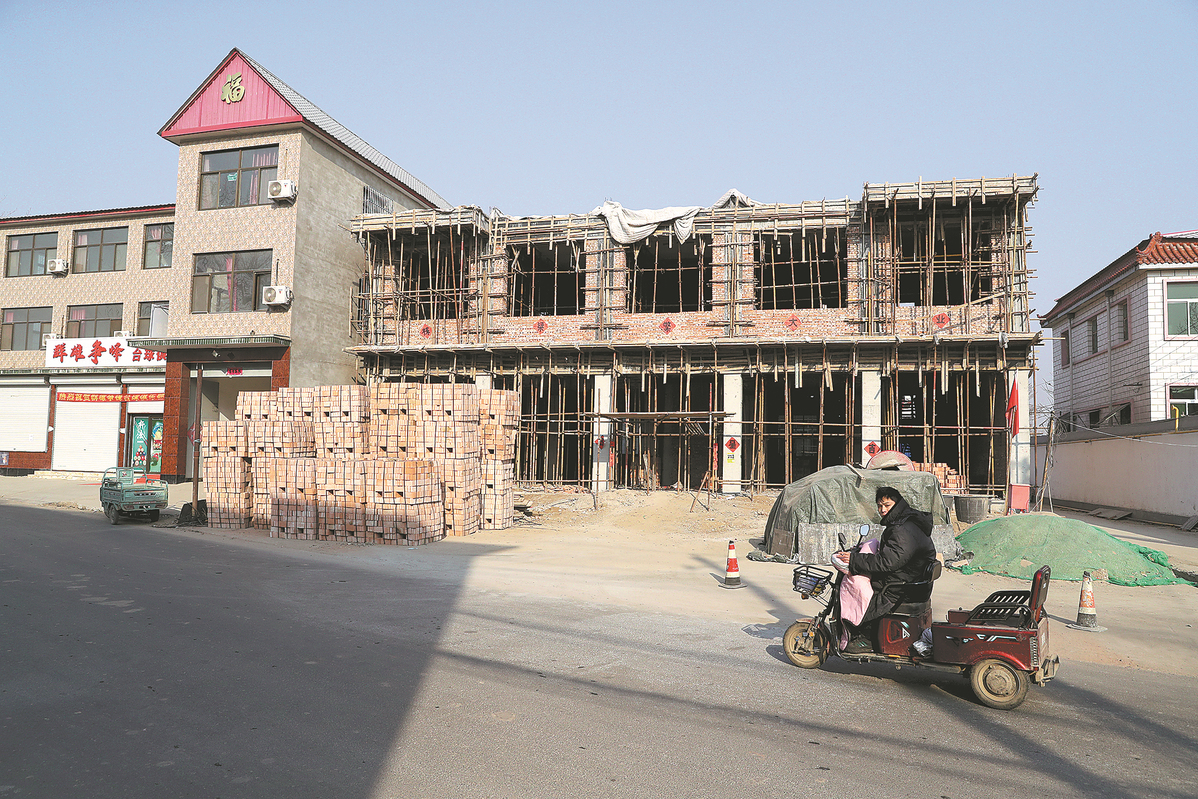Post-flooding work ensures residents live in comfort
Reconstruction efforts pay off after devastating summer rainstorms






Cabins set up
To protect residents from further disasters, in early November, several 18-sq-m cabins were set up in Shuiyuzui village, Miaofengshan town, Mentougou district, Beijing. Despite their small size and plain appearance, the cabins are designed to safeguard lives when disasters occur suddenly, especially exceptionally heavy rainfall.
On July 29, Mentougou and Fangshan districts in Beijing experienced unprecedented heavy rainfall. The walls of houses in Shuiyuzui still show traces of the water level, which rose to 2.2 meters.
Liu Fuzhi, deputy director of the Mentougou science and information bureau, said, "The district is home to several ravines, making it difficult to relocate villagers at the same time. In isolated villages surrounded by mountains and valleys, there is an urgent need for such emergency shelters to provide continuous access to the internet, electricity and water during disasters."
In August, with support from government departments, including the Beijing Municipal Science and Technology Commission, and enterprises at Zhongguancun Intelligent Emergency Equipment Industrial Park, technology was used to help disaster-affected populations.
High-tech materials for power generation, heating, communication, and water purification were used in the emergency safety shelters. For example, the roofs of the shelters feature 20-sq-m photovoltaic panels, which Liu said can generate 5 kilowatt-hours of electricity.
"The amount of electricity generated by a photovoltaic panel varies between summer and winter. In summer, with about eight hours of effective sunlight, a panel produces around 40 kilowatt-hours, while in winter, with about four to five hours of sunlight, it can still generate more than 20 kilowatt-hours," he added.
In addition to providing power, the electricity generated by the panels contributes to the grid, producing economic returns.
The shelters also feature complementary energy resources, including diesel and energy storage facilities, to ensure the continuity and stability of power supplies. The complementary multi-energy power generation system guarantees that the equipment in a shelter can operate for 12 days under normal conditions.
Wang Baogui, manager at XYZ Storage Technology Corp, said: "After the flooding, we conducted on-site inspections in more than 20 villages to gain an in-depth understanding of the situation. We then spent three days formulating solutions."
Shelters are used for emergencies, and they also have their regular uses at other times, he said.
Beijing now has six emergency safety shelters, and more will be introduced based on requirements.














